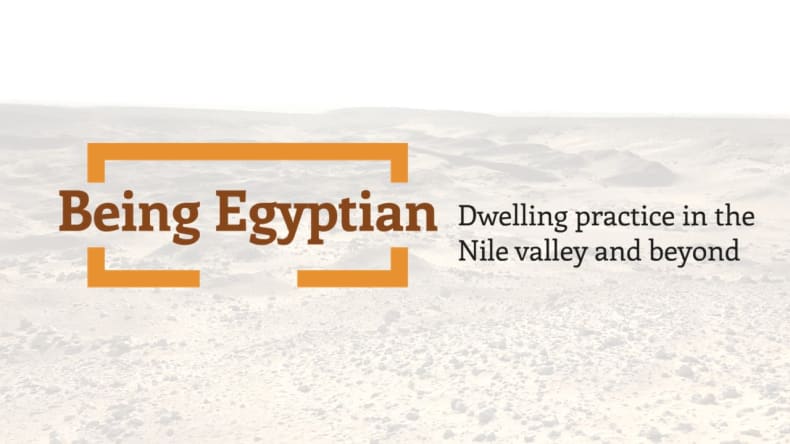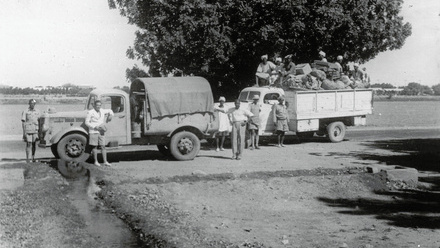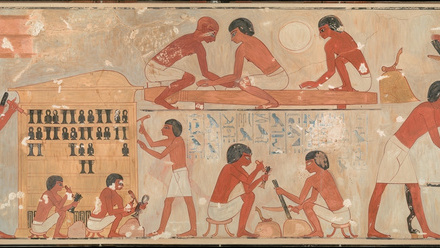Being Egyptian

What did it mean to be an Egyptian in the New Kingdom, when Egyptians were present in Nubia and the Levant to a greater degree than ever before? Being Egyptian explores this question through a study of domestic space. The social environment—the habitus—is the crucible in which identity is forged; it is materialised in domestic space, which we define broadly as the totality of architecture, objects and local landscapes.
The form of domestic space both dictates and constrains activities. Houses are porous, with activities we might consider to be domestic today being distributed across the immediate environment; there was no clear boundary between the worlds of work and play. Domestic space also materialises social relations, providing arenas for display, commensality, and, conversely, privacy. They solidify being Egyptian.
What, then, happened when Egyptians were resident in the Levant or in Nubia? How exportable was an Egyptian way of life? To what extent were these new environments embraced or rejected? Were they altered to conform to Egyptian norms? Until recently, discussions of accommodations that Egyptians might have made to life in different parts of the empire have been subsumed into debates about how to identify Egyptians in the material record as opposed to emulation by local elites or adaptation, terms which are themselves frequently applied to material culture rather than social practice.
Rather than focussing upon the impact of Egyptian rulers upon the peoples they ruled we feel it is time to consider the impact of the ruled upon the rulers. We see, for example, differences in houses in the Nile valley compared to those in the Delta, in the Jezreel valley, or in Nubia? Is this variation partly a response to the local socio-economic and physical environment, in which case what are the commonalities that relate to the Egyptian-ness of being? Are material and cultural adaptions always significant? Which arenas are more permeable than others: food ways? Styles of pottery and other household items? Put simply, which was the most essential to being an Egyptian: what they did, or what they did it with? This is more easily identified in, for example, funerary contexts, where the mode of burial is related to fundamental beliefs, but in domestic spaces requires more investigation. Through those questions we can interrogate the utility of typologies and the value of terms such as hybridity, emulation and adaption,
Being Egyptian is an umbrella project that approaches these questions in different ways. It is an EES-affiliated project, with different and collaborative sub-projects conducted by Linda Hulin (School of Archaeology, University of Oxford/Harris Manchester College Oxford) and Thais Rocha da Silva (Department of History, University of São Paulo/Harris Manchester College Oxford). The first phase of the project (2021) was a series of discussions on Being Egyptian hosted by the EES. This led to two concurrent, further investigations which explore the sensory impacts of domestic environments: (i) a comparison of settlements in Nubia and the Delta by Thais Rocha da Silva funded by FAPESP at the University of São Paulo; and (ii) a study by Linda Hulin of cognitive impact of material culture and domestic space in Egypt and the Levant.
Seminar series
In the seminars we teamed up with international scholars interested in domestic space working with Egypt, the Levant and Sudan. In five sessions, we questioned the multiple aspects of house experience and compared in different parts of the ancient Egyptian world during the New Kingdom
Watch highlights of the seminars here
EES-affiliate programme
This programme supports Egyptological research projects by providing this network as well as access to logistical services, funding, promotion, and publishing opportunities.



